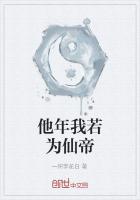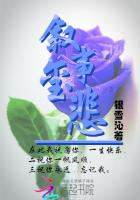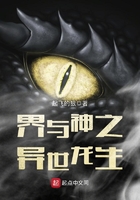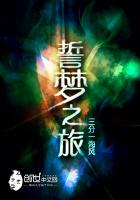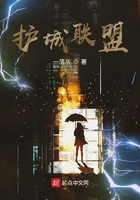"Do you remember the difference between a mineral and a plant, Norah?" asked Willie.
"Let me see," said Norah. "I think I can tell. A plant consists of several distinct parts, such as the root, stem, leaves, flowers, and so on, but any part of a mineral is exactly the same as another. Then, too, a plant lives and grows in the ground, but a mineral is not living matter, and it does not grow.""That"s very good," said Willie. "These different parts have different work to do for the plant. They are none of them alike, and none of them do the same kind of work as the others do. They are called organs. Teacher says an organ is some special part of the plant which has some special work to do.
"Ah, here comes Fred," he added. "We"ll all go out into the garden, and examine some of the plants for ourselves."Away they went, and found father busy as usual. As soon as he knew what they wanted, however, he found them the plants best suited to their purpose,and said they might go on with their chat without any fear of worrying him.
"Look," said Fred, as he knocked a plant out of the pot, and shook the soil away from it. "Here is a plant that has a root, a stem, and some leaves, but no other parts of any sort.
It had the same three organs as soon as it first peeped above the soil, and as long as it lives it will have them.
"Let us examine this young scarlet bean. It is only just unfolding its leavesabove the ground, but it has all three parts. It could not live without each one of them.
"Teacher says we may call them the vital organs of the plant, because they have to do with the everyday life of the plant. The name vital comes from a word which means life. These organs-the root, stem, and leaves-do the work of feeding the plant and making it grow. They may therefore be called also the organs of growth.""Run round now and see my early peas," said father. "You will find some other parts there, I think."As they went along the path Fred picked a rose and put it in his buttonhole.
"Do you think," he said, as he did so, "the rose- bush will die because I have picked this flower, Norah?""Oh no," said Norah, "it does not hurt a plant to pick its flowers. We pick bunches of flowers all through the summer.""What does that prove then?"
"It proves," replied Norah, " that the flowers are not vital organs. They have nothing to do with the work of keeping the plant alive.""Quite right," said Fred. "Now let us examine these peas. Here are some in flower. What a pity it is that they wither and die! Just look at this one. The pretty flower-leaves seem quite dried up.
"But don"t let us be in a hurry," he continued.
"Look again. In place of the pretty flower there is alittle green pod. See, here is a larger one, and here is one larger still. Let us pick it and see what there is inside."Norah opened the pod, and saw that it contained a number of little round peas. Fred explained that these are the seeds of the plant.
"The work of the flowers," he added, "is to form these pods with the seeds in them. The seeds, if we left them toripen, would grow next season into new plants. "Teacher says that the flowers, although theyare not vital organs, have a very important work to do. They have to produce the seeds, which will grow into new plants. We call them organs of reproduction."SUMMARY
A plant has distinct organs, each of which perform some special kind of work. Some of these-the root, stem, and leaves-are known as vital organs. They have to feed the plant and make it grow. The ?owers are organs of reproduction. They form the seeds, from which new plants will spring.






